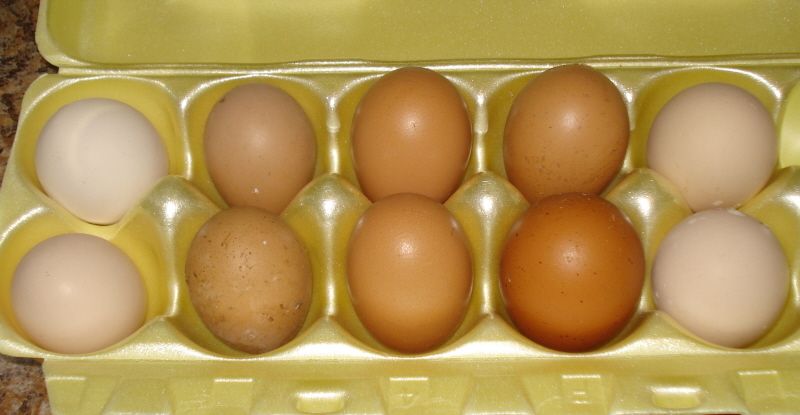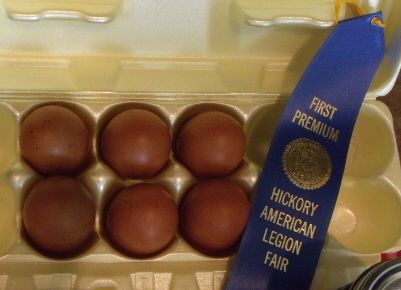There are no APA Standards for the Cuckoo Marans, but when that is submitted to the APA , the Marans will have the same description as all others breeds of the Cuckoo color. The Marans club has not submitted a color description to the APA or a request to have them accepted into the SOP.Here is a link to MATHACE's Marans DQ list. It is concerning Black Coppers but many of the physical faults can be all varieties. The post it is very informative.
https://www.backyardchickens.com/t/385769/marans-proposed-standards-for-reference-purposes
Although I feel these should be obvious faults to most breeders.
Cuckoos are different when it comes to white allowance in the hackles and tails. I believe Bev told me it is OK as long as it is no more than a 2 inch piece.
It will be the kiss of death if the Cuckoo's entered in an APA qualifying meet have white in the wings and tails...they will not be accepted.
Walt













